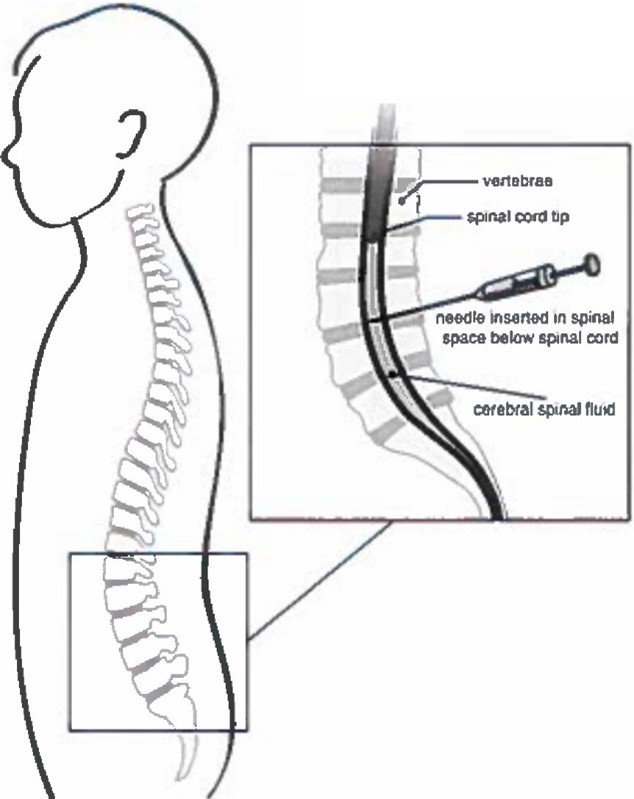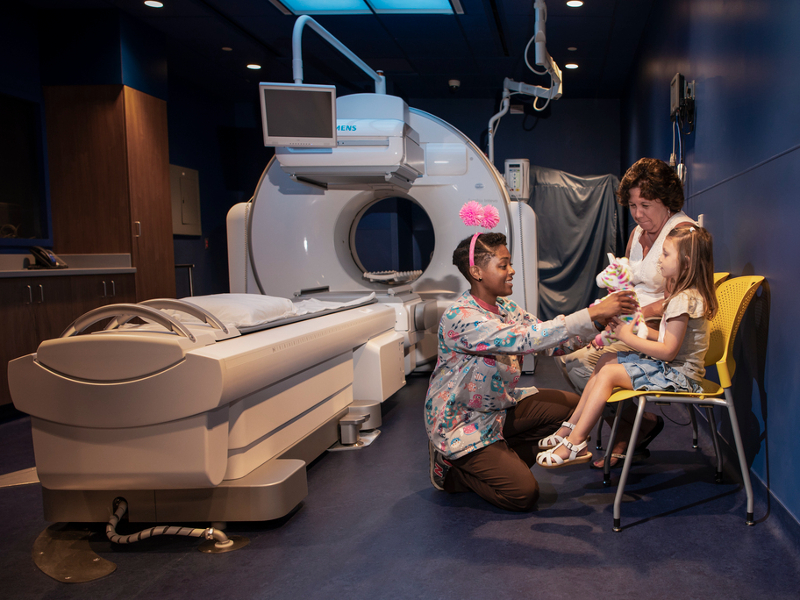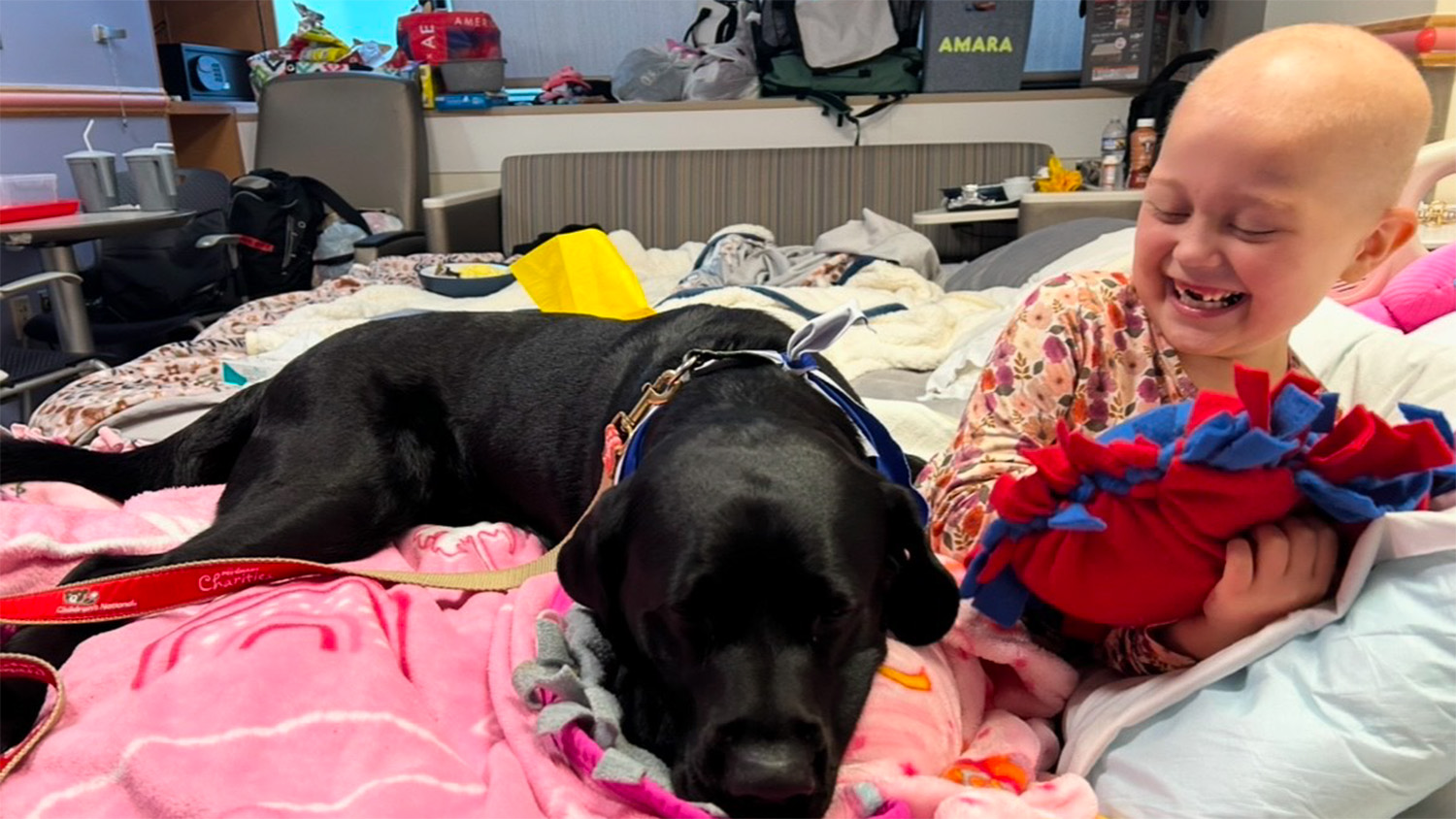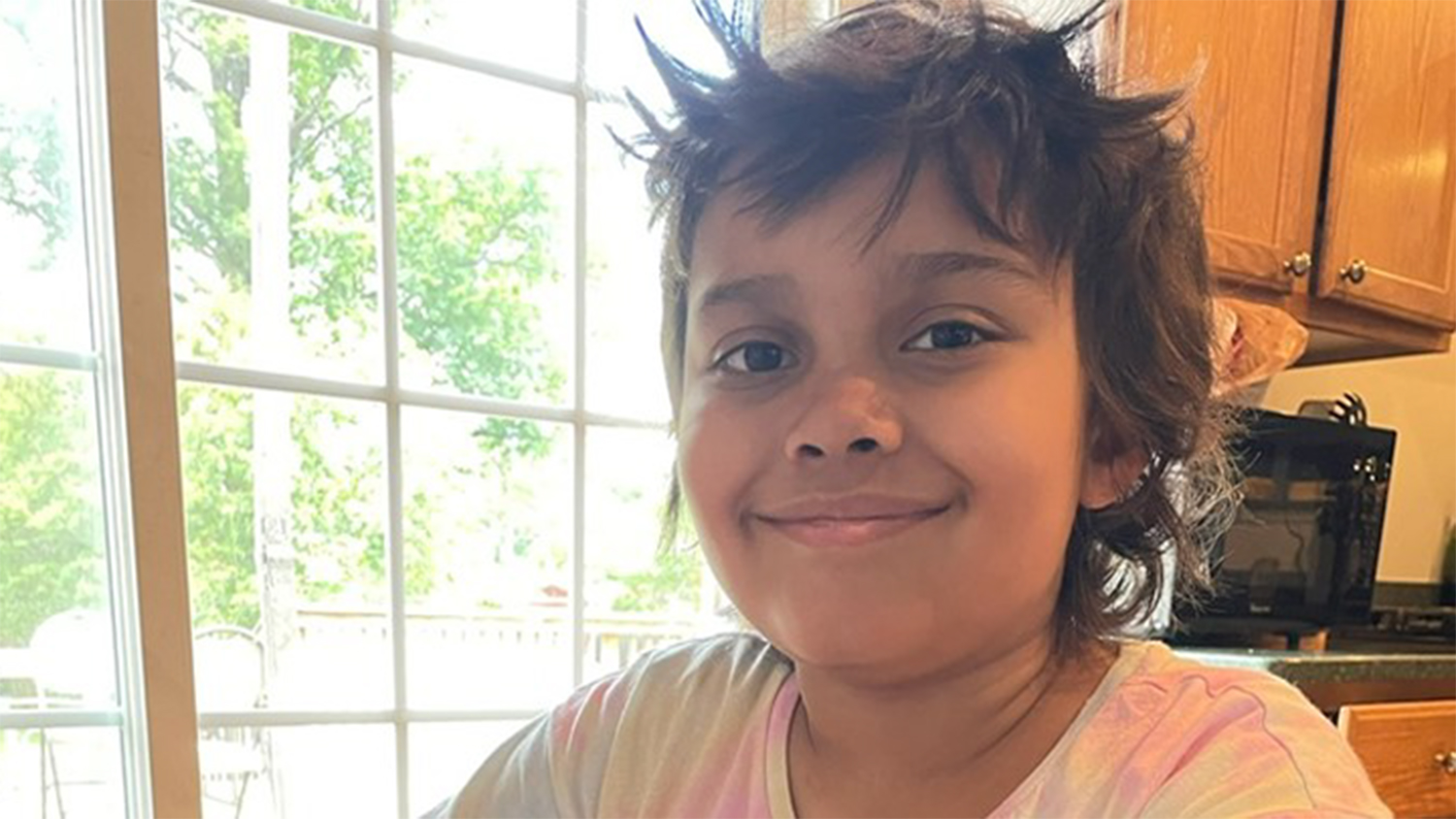Treatment
Pediatric Lumbar Puncture

During a lumbar puncture, your child's doctor on the Interventional Radiology team at Children's National Hospital will insert a needle into the lower spine:
- To obtain cerebrospinal fluid (the fluid that circulates around the brain and spinal cord) to look for infection or cancer cells, or
- To administer a chemotherapy agent for cancer patients, or
- To monitor and relieve cerebrospinal fluid pressure for patients with pseudotumor
Frequently Asked Questions
How is a lumbar puncture in children performed?
Will my child be awake for the lumbar puncture procedure?
Will my child be in any pain after the lumbar puncture?
What are the risks of a lumbar puncture in children?
What should I expect after the lumbar puncture procedure for my child is complete?
When can my child bathe after a lumbar puncture?
Are there any activity restrictions after a lumbar puncture in children?
Meet the Providers With Expertise in Lumbar Puncture
Departments that Offer Lumbar Puncture

Interventional Radiology
Children's National interventional radiologists perform a full range of minimally invasive, image-guided procedures to both diagnose and treat disease in infants, children and adolescents. Learn more about how we help children in our care.

Help Kids and Make a Difference
Invest in future cures for some of life's most devastating diseases. Give today to help more children grow up stronger.










